Definition of drone:
The full name of “unmanned aircraft” is unmanned aircraft, which is operated by radio remote control equipment and self-provided program control devices, or by the on-board computer fully or intermittently autonomous operation. In order to make the UAV fly perfectly, IMU(Inertial Measurement Unit), gyroscope stabilization and flight controller technology are essential.
Working principle
The flight control of UAV is composed of main control MCU and inertial measurement module IMU. IMU provides the original sensor data of the aircraft’s attitude in space, and the data of the aircraft is generally provided by the gyroscope sensor/acceleration sensor/electronic compass. Gyroscopic stabilization technology is one of the most important components, allowing the drone to fly super-smoothly even in strong winds and gusts. This smooth flight allows us to take fantastic aerial views of the beautiful planet. With excellent flight stability and waypoint navigation, the UAV can generate high-quality 3D photogrammetry and liDAR images. The latest drones use an integrated head, which also includes built-in gyroscopic stabilization technology, so that the on-board camera or sensor has little to no vibration. This allows us to capture perfect aerial film and photographs. In order to meet the requirements of UAV equipment, the ER-MG2-300/400 gyroscopes not only use advanced differential sensor design, can eliminate the effects of linear acceleration and operate in the presence of shock and vibration in the extremely harsh environment, but also have a measurement range of 400 degrees/second and 0.01°/ hour bias instability. Capable of measuring angular velocities up to ±400°/s and has a digital output protocol compliant with SPI from mode 3. Angular rate data is expressed as 24-bit words.
Technical influence
The application of IMU in UAVs is not limited to attitude control and flight stability. It can also be used with other sensors such as GPS (Global Positioning System) and magnetometers to provide more accurate navigation and positioning information. At the same time, IMU can also be used for UAV attitude estimation, motion detection, obstacle avoidance and other functions, improve the autonomy and safety of the UAV, provide key data for the control and navigation of the UAV, so that the UAV can efficiently perform various tasks. The application of IMU will vary depending on the design and use of different types of UAVs, but whether it is fixed wing, multi-rotor or vertical take-off and landing and conversion UAVs, IMU is the core to achieve its flight control and navigation.
If you want to learn about or purchase IMU, please contact us
contact me:
website:https://www.ericcointernational.com/inertial-measurement-units
Email: info@ericcointernational.com
WhatsApp: +8613992884879

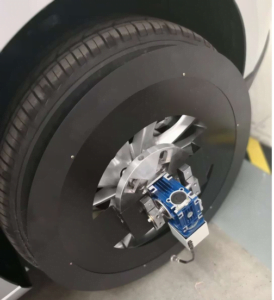
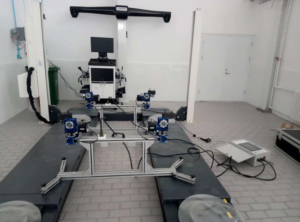



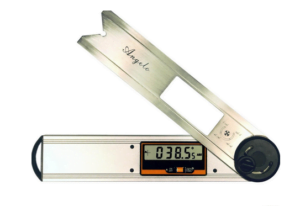
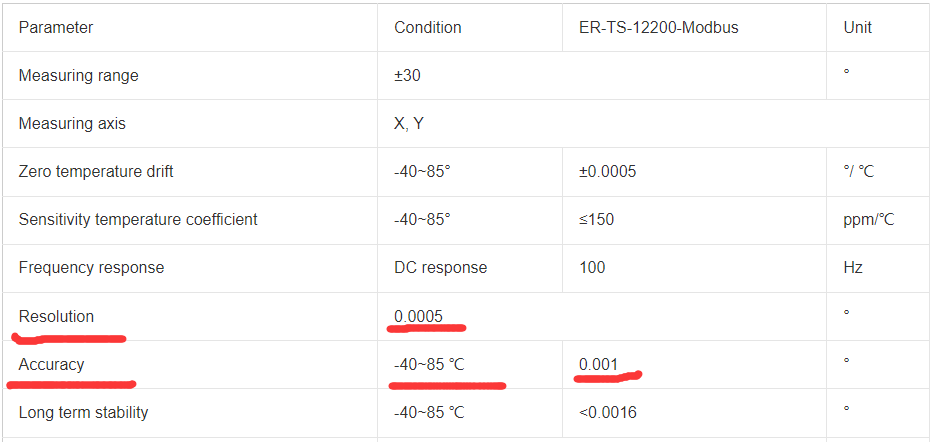
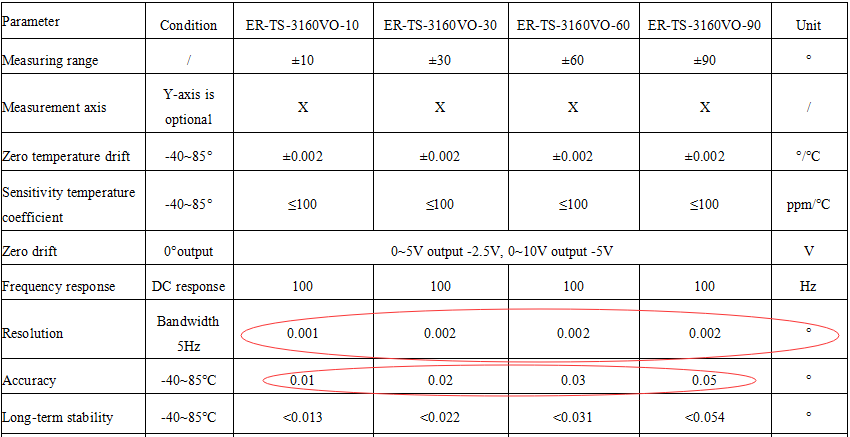


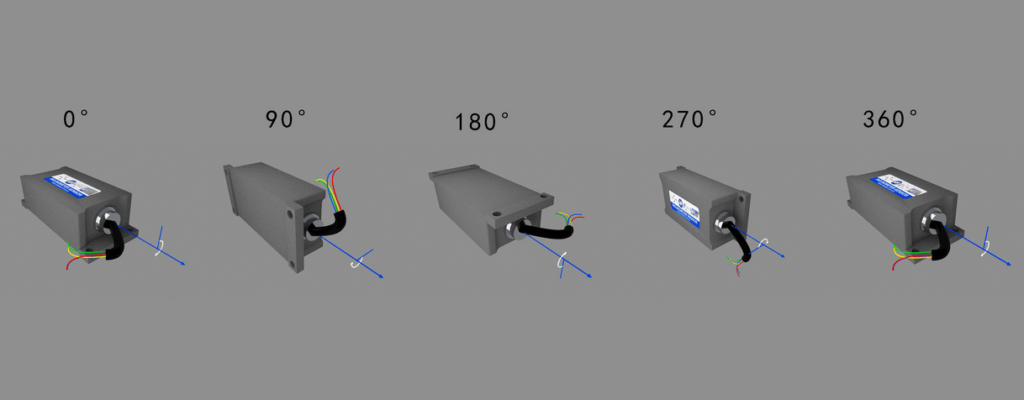
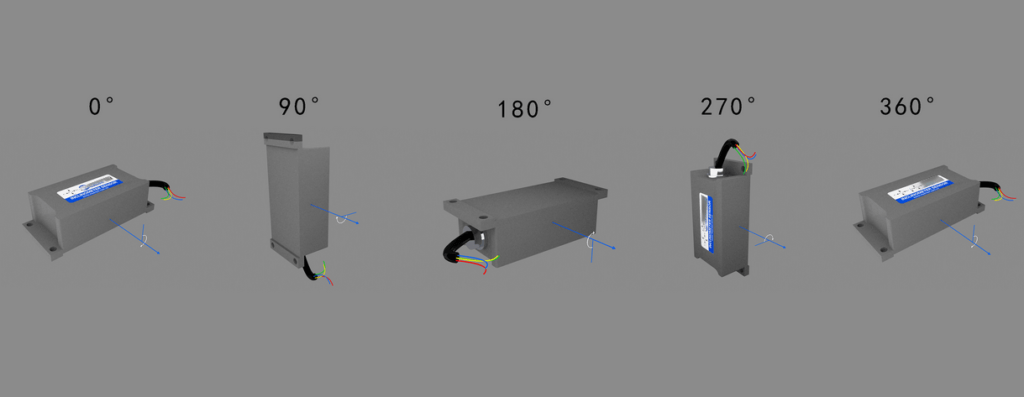

.jpg)
